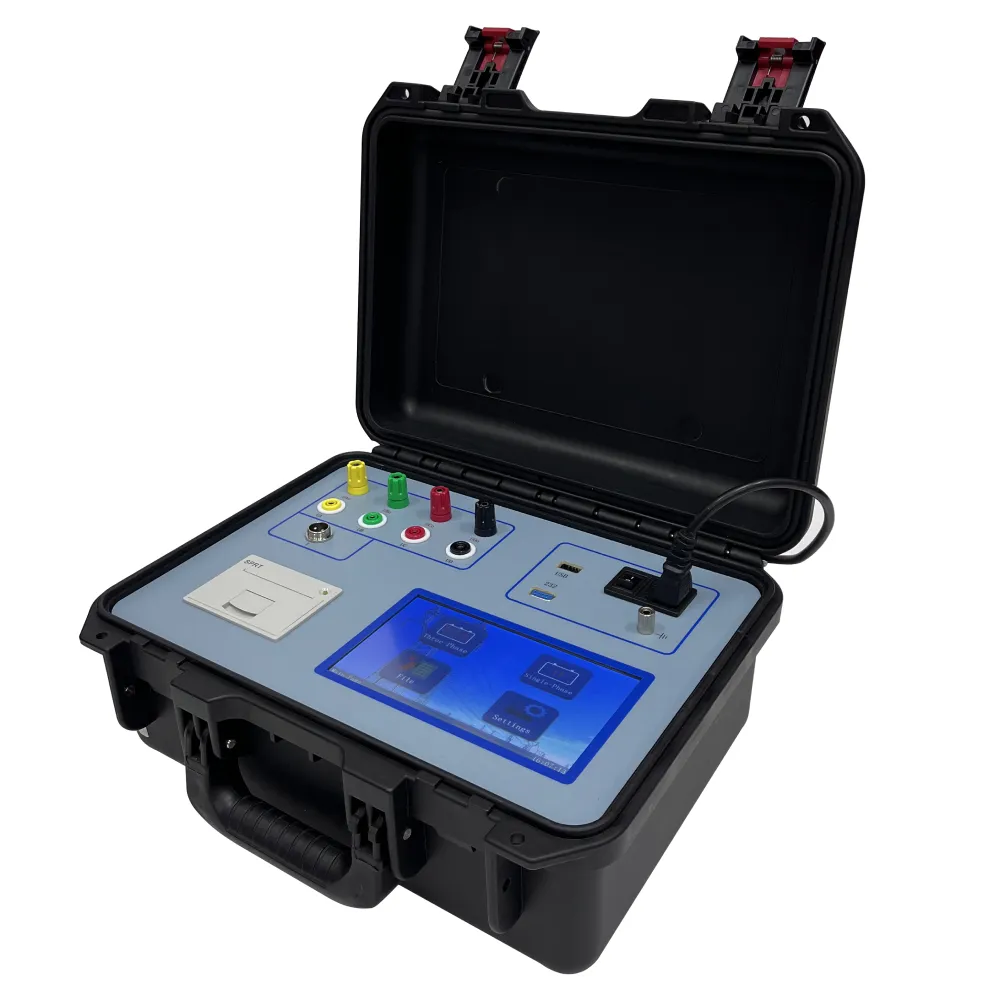TEL:
+86-0312-3189593
 English
English

Telephone:0312-3189593

Email:sales@oil-tester.com

-
 Afrikaans
Afrikaans -
 Albanian
Albanian -
 Amharic
Amharic -
 Arabic
Arabic -
 Armenian
Armenian -
 Azerbaijani
Azerbaijani -
 Basque
Basque -
 Belarusian
Belarusian -
 Bengali
Bengali -
 Bosnian
Bosnian -
 Bulgarian
Bulgarian -
 Catalan
Catalan -
 Cebuano
Cebuano -
 China
China -
 China (Taiwan)
China (Taiwan) -
 Corsican
Corsican -
 Croatian
Croatian -
 Czech
Czech -
 Danish
Danish -
 Dutch
Dutch -
 English
English -
 Esperanto
Esperanto -
 Estonian
Estonian -
 Finnish
Finnish -
 French
French -
 Frisian
Frisian -
 Galician
Galician -
 Georgian
Georgian -
 German
German -
 Greek
Greek -
 Gujarati
Gujarati -
 Haitian Creole
Haitian Creole -
 hausa
hausa -
 hawaiian
hawaiian -
 Hebrew
Hebrew -
 Hindi
Hindi -
 Miao
Miao -
 Hungarian
Hungarian -
 Icelandic
Icelandic -
 igbo
igbo -
 Indonesian
Indonesian -
 irish
irish -
 Italian
Italian -
 Japanese
Japanese -
 Javanese
Javanese -
 Kannada
Kannada -
 kazakh
kazakh -
 Khmer
Khmer -
 Rwandese
Rwandese -
 Korean
Korean -
 Kurdish
Kurdish -
 Kyrgyz
Kyrgyz -
 Lao
Lao -
 Latin
Latin -
 Latvian
Latvian -
 Lithuanian
Lithuanian -
 Luxembourgish
Luxembourgish -
 Macedonian
Macedonian -
 Malgashi
Malgashi -
 Malay
Malay -
 Malayalam
Malayalam -
 Maltese
Maltese -
 Maori
Maori -
 Marathi
Marathi -
 Mongolian
Mongolian -
 Myanmar
Myanmar -
 Nepali
Nepali -
 Norwegian
Norwegian -
 Norwegian
Norwegian -
 Occitan
Occitan -
 Pashto
Pashto -
 Persian
Persian -
 Polish
Polish -
 Portuguese
Portuguese -
 Punjabi
Punjabi -
 Romanian
Romanian -
 Russian
Russian -
 Samoan
Samoan -
 Scottish Gaelic
Scottish Gaelic -
 Serbian
Serbian -
 Sesotho
Sesotho -
 Shona
Shona -
 Sindhi
Sindhi -
 Sinhala
Sinhala -
 Slovak
Slovak -
 Slovenian
Slovenian -
 Somali
Somali -
 Spanish
Spanish -
 Sundanese
Sundanese -
 Swahili
Swahili -
 Swedish
Swedish -
 Tagalog
Tagalog -
 Tajik
Tajik -
 Tamil
Tamil -
 Tatar
Tatar -
 Telugu
Telugu -
 Thai
Thai -
 Turkish
Turkish -
 Turkmen
Turkmen -
 Ukrainian
Ukrainian -
 Urdu
Urdu -
 Uighur
Uighur -
 Uzbek
Uzbek -
 Vietnamese
Vietnamese -
 Welsh
Welsh -
 Bantu
Bantu -
 Yiddish
Yiddish -
 Yoruba
Yoruba -
 Zulu
Zulu
თებ . 02, 2025 01:57
Back to list
check transformer with multimeter
Checking a transformer with a multimeter can be a crucial task in ensuring the proper functioning and longevity of various electrical devices. As a seasoned electrical engineer, I bring to the table years of expertise and reliable techniques that make this task both straightforward and precise. This guide aims to provide valuable insights into this essential procedure, ensuring you can maintain your equipment with confidence.
Additionally, consider testing for continuity in the transformer windings. With the multimeter on the continuity setting, check between the windings and the core or enclosure for any unintended continuity. A beep from the multimeter indicates continuity, which is undesirable as it signifies that the winding insulation might have deteriorated, causing a short to ground. In terms of transformer maintenance, regular testing and inspection prevent unwarranted failures. Look for physical signs of wear such as burnt spots, unusual noises, or overheating. If any of these symptoms are present, further investigation or replacement may be necessary. For more advanced transformer testing, a professional might employ equipment such as an LCR meter or a specialized transformer turns ratio tester (TTR). These tools offer more detailed analysis but require technical expertise to operate correctly. By following these expert guidelines, maintaining transformers becomes a manageable task, reducing the likelihood of unexpected breakdowns. These testing procedures not only prolong the life of your equipment but also ensure that you're operating a safe and efficient system. Keep this guide handy as a reference for regular transformer maintenance or troubleshooting sessions. Whether you're a professional or a DIY enthusiast dealing with electrical components, understanding transformer testing with a multimeter enhances your ability to diagnose and solve electrical issues effectively. Remember, while this guide serves as a detailed instruction for transformer testing, consulting with a professional for complex or unclear scenarios is always advisable to maintain safety and equipment integrity.


Additionally, consider testing for continuity in the transformer windings. With the multimeter on the continuity setting, check between the windings and the core or enclosure for any unintended continuity. A beep from the multimeter indicates continuity, which is undesirable as it signifies that the winding insulation might have deteriorated, causing a short to ground. In terms of transformer maintenance, regular testing and inspection prevent unwarranted failures. Look for physical signs of wear such as burnt spots, unusual noises, or overheating. If any of these symptoms are present, further investigation or replacement may be necessary. For more advanced transformer testing, a professional might employ equipment such as an LCR meter or a specialized transformer turns ratio tester (TTR). These tools offer more detailed analysis but require technical expertise to operate correctly. By following these expert guidelines, maintaining transformers becomes a manageable task, reducing the likelihood of unexpected breakdowns. These testing procedures not only prolong the life of your equipment but also ensure that you're operating a safe and efficient system. Keep this guide handy as a reference for regular transformer maintenance or troubleshooting sessions. Whether you're a professional or a DIY enthusiast dealing with electrical components, understanding transformer testing with a multimeter enhances your ability to diagnose and solve electrical issues effectively. Remember, while this guide serves as a detailed instruction for transformer testing, consulting with a professional for complex or unclear scenarios is always advisable to maintain safety and equipment integrity.
Previous:
Latest news
-
Testing Equipment Industry Sees Major Advancements in 2025: Smart & Precision Technologies Lead the WayNewsJun.06,2025
-
Applications of Direct Current Generators in Renewable Energy SystemsNewsJun.05,2025
-
Hipot Tester Calibration and Accuracy GuidelinesNewsJun.05,2025
-
Digital Circuit Breaker Analyzer Features and BenefitsNewsJun.05,2025
-
Benefits of Real-Time Power Quality Monitoring Devices for Industrial EfficiencyNewsJun.05,2025
-
Earth Fault Loop Testing in High-Rise Building Electrical SystemsNewsJun.05,2025



